A new image from NASA’s Mars Reconnaissance Orbiter reveals a highly fractured surface among Martian sand dunes.
The High Resolution Imaging Science Experiment (HiRISE) camera aboard NASA’s Mars Reconnaissance Orbiter often takes images of Martian sand dunes to study the mobile soils. These images provide information about erosion and movement of surface material, about wind and weather patterns, even about the soil grains and grain sizes. However, looking past the dunes, these images also reveal the nature of the substrate beneath.
Within the spaces between the dunes, a resistant and highly fractured surface is revealed. The fractured ground is resistant to erosion by the wind, and suggests the material is bedrock that is now shattered by a history of bending stresses or temperature changes, such as cooling, for example.
Alternately, the surface may be a sedimentary layer that was once wet and shrunk and fractured as it dried, like gigantic mud cracks. In either case, the relatively small and indistinct fractures have trapped the dark dune sand marching overhead. Now the fractures have become quite distinct, allowing us to examine the orientation and spacing of the fractures to learn more about the processes that formed them.
This view is one image product from HiRISE observation ESP_042223_1890, taken July 30, 2015, at 2:33 p.m. local Mars time, 8.719 degrees north latitude, 67.347 degrees east longitude.

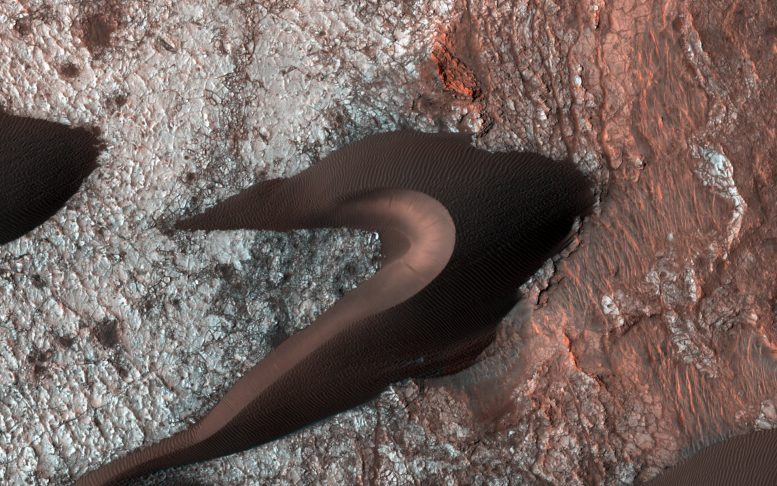
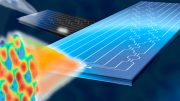
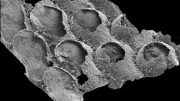
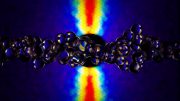


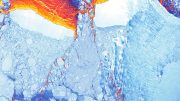
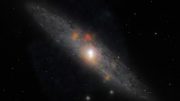

The wonderful sand dunes on Mars is nothing but due to soil erosion and sedimentary layers formed by flow of water in a rough terrain. The wind helps to put them straight clearing other non deep sands to get cleared. Water, Water and water everywhere in the universe on planets
exo-planets, comets, asteroids and what not? Thank You.